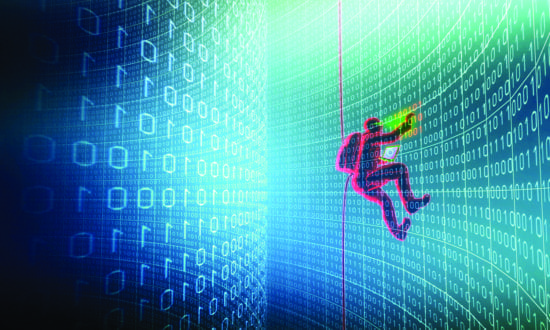It has been reported that hackers breached the United Nations’ computer networks earlier this year and made off with a trove of data that could be used to target agencies within the intergovernmental organization.
In response to the news, please see below comments from security experts:
The opinions expressed in this post belongs to the individual contributors and do not necessarily reflect the views of Information Security Buzz.



